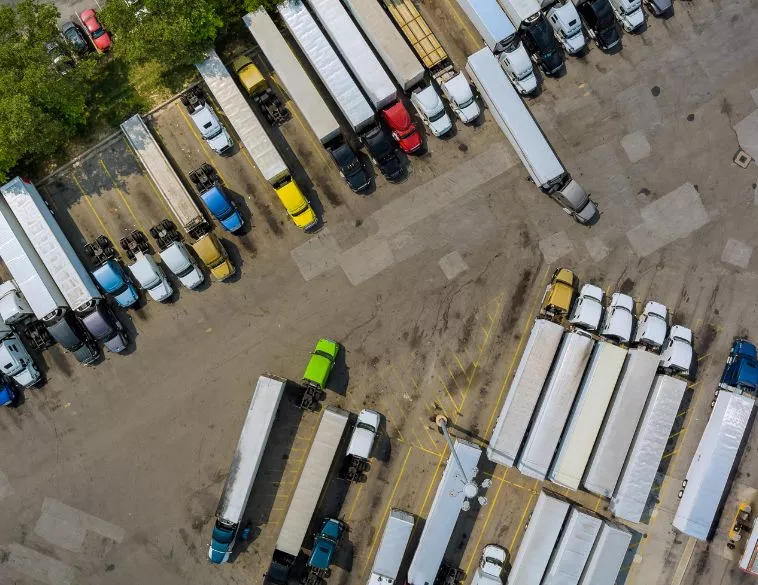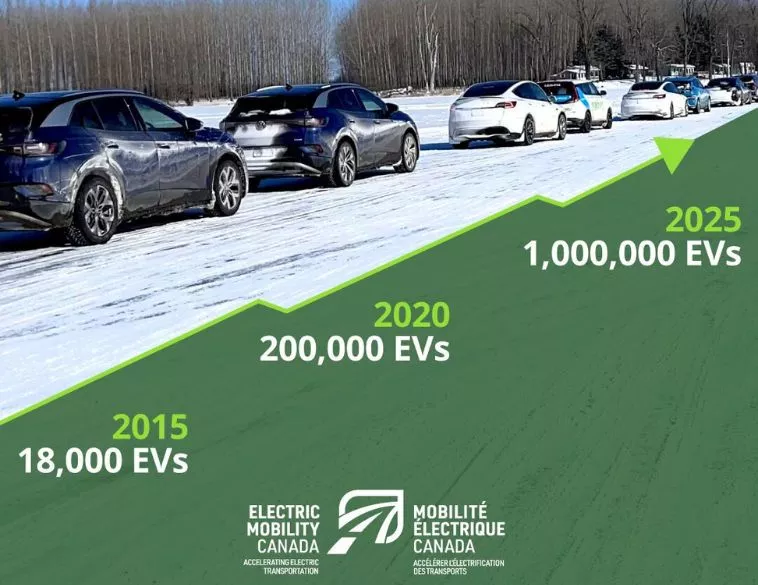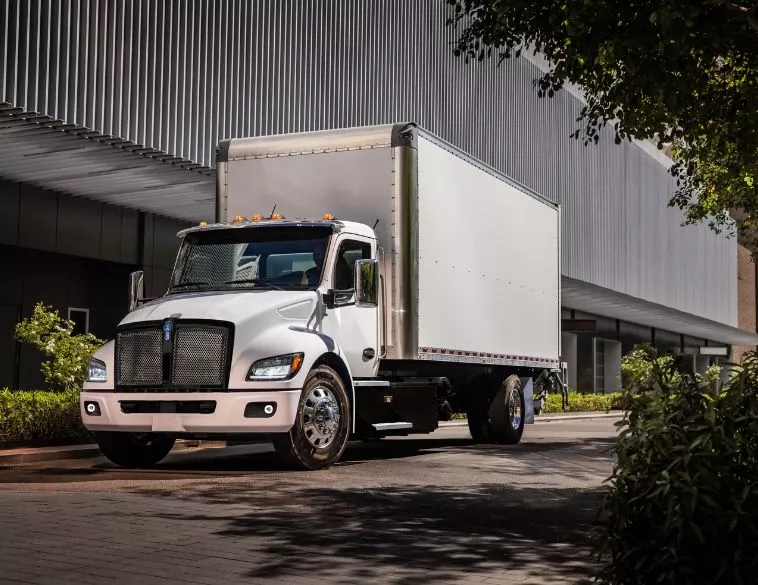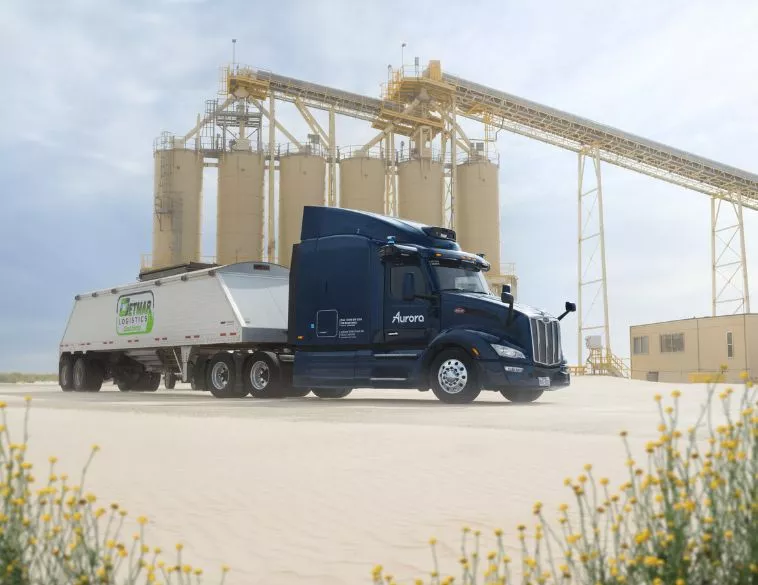United States revises EPA 2027 standards

The U.S. government is moving to revise, and possibly eliminate, the Environmental Protection Agency’s (EPA) next round of greenhouse gas (GHG) rules for light-, medium- and heavy-duty trucks. The Phase 3 standards were scheduled to take effect with the 2027 model year.
The announcement drew support from the American Trucking Association (ATA) and several truck manufacturers. Phase 3 of the GHG standards for commercial vehicles, finalized in March 2024, outlines a gradual rollout with targets tailored to each vehicle type and application, beginning with the 2027 model year.
For light-duty trucks, GHG emissions must be reduced by 17% for the 2027 model year, ultimately reaching 60% by 2032. For medium-duty trucks, the required reduction is 13% in 2027, climbing to 40% by 2032. Heavy vocational trucks are given additional time, with a 13% cut required in 2029, and 30% in 2032. Under the 2024 EPA rules, regional tractors (day cabs) must reduce GHG emissions by 8% in 2028, reaching 40% in 2032. For highway tractors with sleeper cabs, the target is a 6% cut in 2030 and 25% in 2032.
While the GHG27 rules do not mandate specific technologies, the EPA’s own projections suggest compliance may require:
• 50% zero-emission vehicles (ZEVs) for vocational trucks by 2032, using battery-electric or fuel cell technology
• 34% ZEVs for day cab tractors by 2032, using battery-electric or fuel cell technology
• 25% ZEVs for sleeper cab tractors by 2032, primarily using fuel cell technology
This is where concerns arise. According to heavy truck manufacturers, these standards amount to nothing less than a mandate to use battery-electric or fuel cell truck technologies. They argue that neither the charging network, nor production capacity can realistically be ready within that timeframe.
Deregulation in motion
When the Trump 2.0 administration took office, a major shift at the EPA was widely expected. That expectation was confirmed in March when EPA Administrator Lee Zeldin announced a sweeping rollback of regulations, in line with the new administration’s climate-skeptical stance. Among the rules flagged for review were the GHG standards for light-, medium- and heavy-duty trucks.
By late July, the administration had formally moved to scrap the upcoming Phase 3 GHG rules. Based on feedback from key industry stakeholders, Zeldin’s proposal would repeal all GHG standards introduced under the Obama and Biden administrations, and revert to pre-2010 levels. The rollback also extends to nitrogen oxide (NOx) limits.
A range of reactions
The American Trucking Association applauded the decision, noting that the rules have increased purchase and maintenance costs for heavy-duty trucks for years, and created technical challenges with systems, such as selective catalytic reduction and diesel particulate filters.
For medium- and heavy-duty truck manufacturers, the response is more cautious. Many have poured significant investments into meeting standards that are now likely to disappear, with compliance deadlines just two years away. On the other hand, some of these standards also aimed to reduce fuel consumption, a business objective with significant benefits.
Globally, Volvo Trucks has pledged to achieve zero emissions across its entire lineup by 2040. Across the industry, there is broad agreement that all-electric cannot be the sole near-term solution. Internal combustion engines running on hydrogen, renewable natural gas, or biodiesel must also be part of the mix.
Daimler Trucks North America, like most manufacturers, supports revisiting the EPA rules:“We welcome the decision to review the Phase 3 greenhouse gas (GHG3) standards for heavy-duty vehicles by the U.S. Environmental Protection Agency. The initial GHG3 zero-emission vehicle requirements were unachievable in terms of technology, infrastructure availability, and cost-effectiveness. We are pleased that the EPA is working to ensure that environmental progress is achieved in alignment with economic and operational realities.”
That said, massive investments in clean technologies across the industry, despite resistance from climate skeptics, ensure that the availability of low- and zero-emission light-, medium- and heavy-duty vehicles will continue to grow in the coming years.
It is worth noting that all truck manufacturers operate on a global scale, and that most medium- and heavy-duty trucks sold in North America are built by European manufacturers. It seems highly unlikely that Europe would align itself with the United States and ease its own heavy truck emission standards on the other side of the Atlantic.





